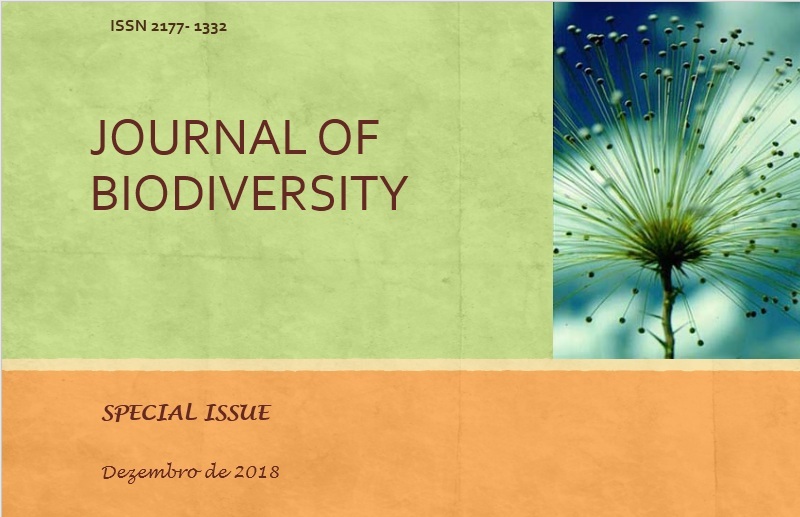KNOWLEDGE ON MEDICAL PLANTS BETWEEN STUDENTS OF THE FEDERAL UNIVERSITY OF MATO GROSSO. CUIABÁ, MT, BRAZIL
Resumo
The recovery of popular knowledge about the use of medicinal plants, for the most diverse purposes, contributes in a relevant way to the dissemination of therapeutic potential as well as subsidies to research in different areas. The work was carried out with 25 students of the Forest Engineering course during the mini-course "Ethnobotany: Multiple uses of vegetal resources". The objective of the present study was to evaluate students' perception regarding the use of medicinal plants through semi-structured interviews. Of the interviewees, 88% use plants for the most frequent health problems. The leaf is the most used part and the main mode of preparation is the tea. Medicinal plants were distributed in 22 families and 34 species. The botanical families with the highest number of species were Asteraceae (5 spp.) and Lamiaceae (4 spp). The Plectranthus barbatus (boldo) and the Mentha Villosa (mint) were the species that received the highest Percentage of Use Agreement (Pcup) with 59% and 46%, respectively, which shows that these species are widely used by deponents. The research showed that students have a certain degree of knowledge about the use of medicinal plants and that it is disseminated in the family environment.
Keywords: Traditional Medicine, Ethnobotany, Popular knowledge




